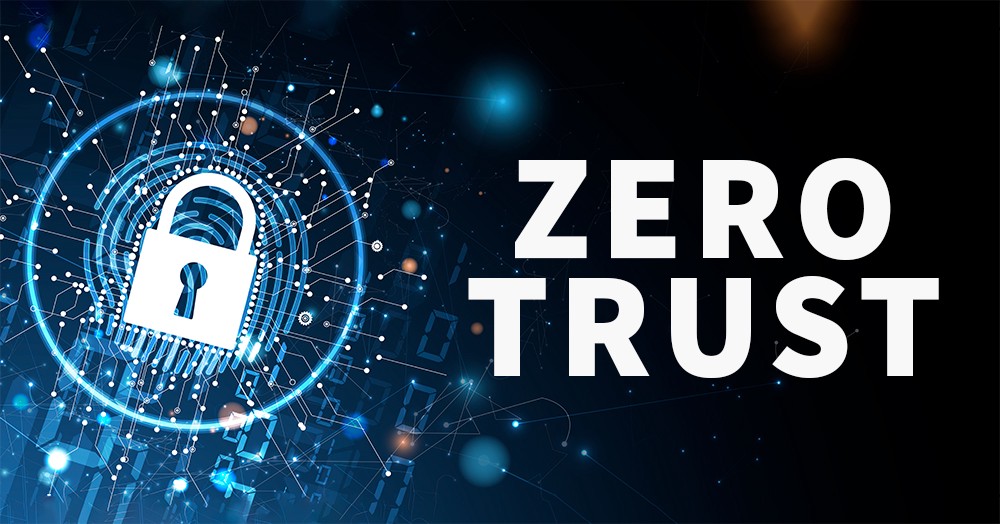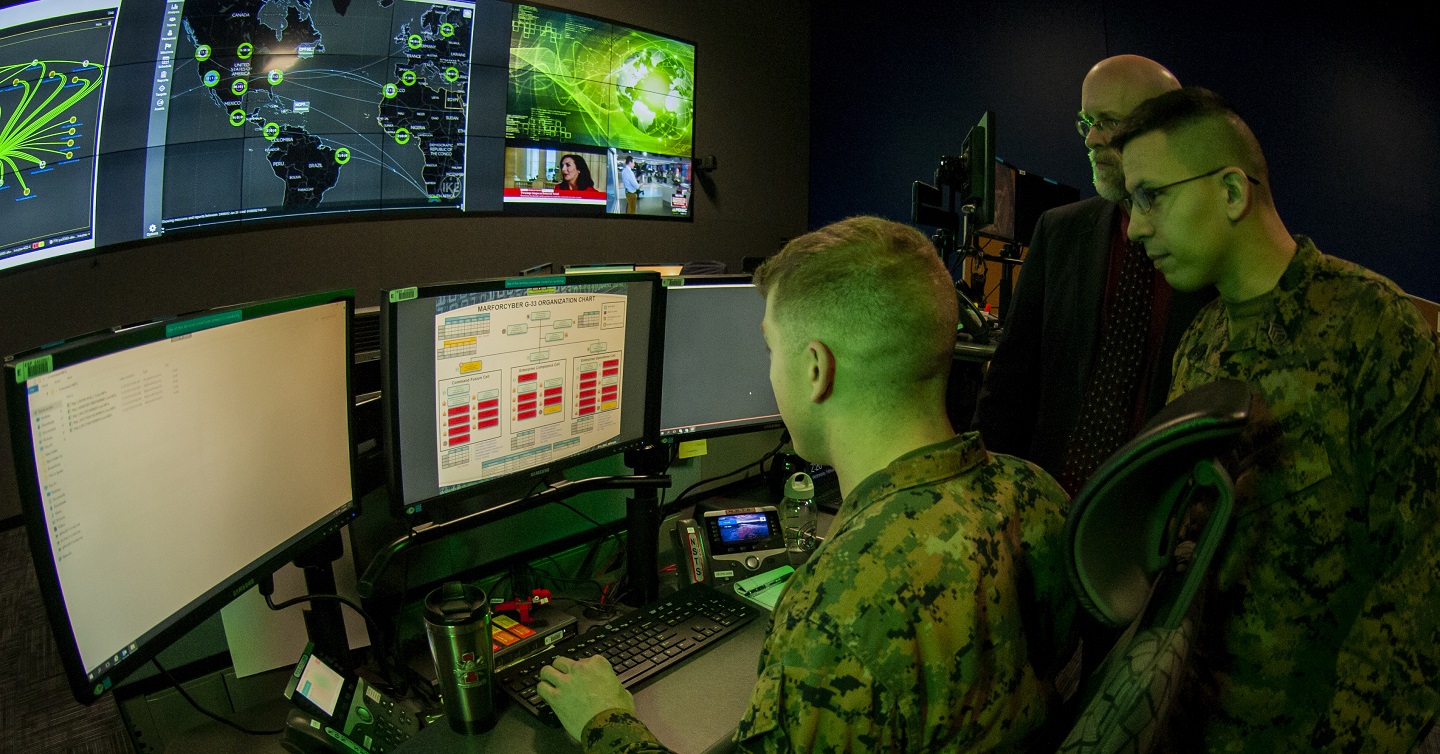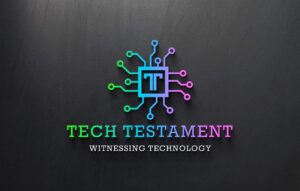
The recent exposure of the “Volt Typhoon” hacking campaign highlights a glaring vulnerability within the United States critical infrastructure. This campaign has successfully penetrated essential sectors such as telecommunications, energy, and water services. Such revelations serve as a clarion call for an immediate and strategic overhaul of cyber defense mechanisms, advocating for a broad implementation of the Zero Trust model across both federal and corporate sectors.
The essence of Zero Trust lies in its foundational principle: trust no one and verify everything. This paradigm shift from conventional security models is critical because it addresses both external and internal threats effectively. The Volt Typhoon operation demonstrates how adversaries can embed themselves deeply within essential systems, potentially preparing to cause significant disruption at a moment of strategic advantage. Under a Zero Trust framework, however, every attempt to access resources is thoroughly vetted, regardless of the source’s location or perceived security level.
For federal agencies, the adoption of Zero Trust is imperative not just for protecting sensitive government data but also for safeguarding infrastructure that sustains the nation’s essential functions. This approach ensures that security protocols are not merely perimeter-based but are deeply embedded throughout the digital environment. Each user, device, and network flow is continuously validated to prevent unauthorized access and contain potential breaches more effectively.
In the corporate sector, especially in industries integral to national security and economic stability, Zero Trust can mitigate risks posed by sophisticated cyber espionage and sabotage campaigns like Volt Typhoon. Companies operating within critical infrastructure must adopt stringent access controls and rigorous security verification processes to shield their operations from potential state-sponsored cyber activities. This is particularly crucial as the boundary between corporate and federal security interests increasingly blurs, with private sector entities often managing assets critical to national welfare.
Moreover, the shift towards a zero-trust architecture also supports compliance with stringent regulatory requirements for data security, enhancing the ability to respond to incidents and manage remediation costs. It allows organizations to adapt more dynamically to evolving threats, ensuring resilience in a landscape marked by rapidly advancing hostile capabilities.
In conclusion, the Volt Typhoon campaign not only underscores the sophisticated nature of modern cyber threats but also the urgent necessity for a systemic shift towards the Zero Trust model across all sectors. Implementing this model will significantly enhance the security posture of entities at the forefront of national security and critical infrastructure, fortifying them against the increasing prevalence of cyber warfare tactics aimed at disrupting and weakening national and economic security.




